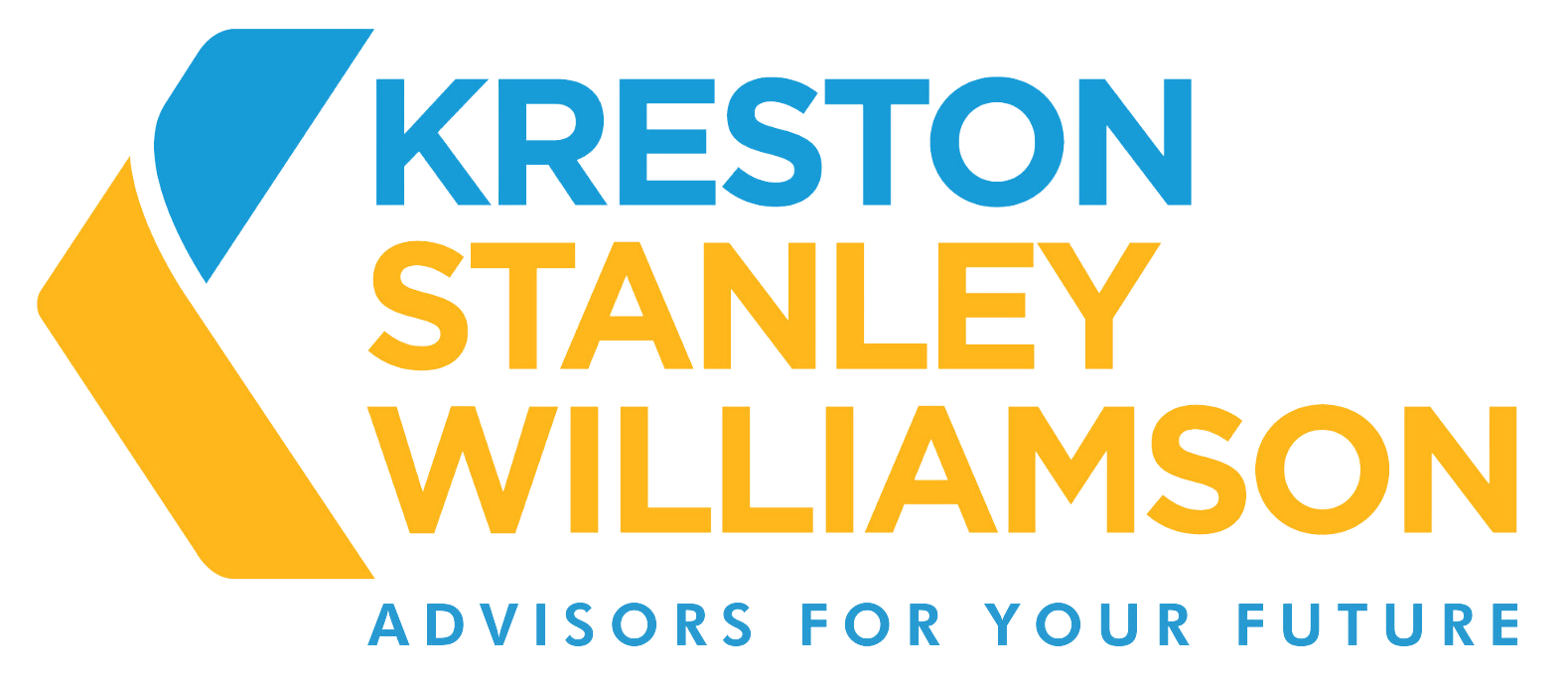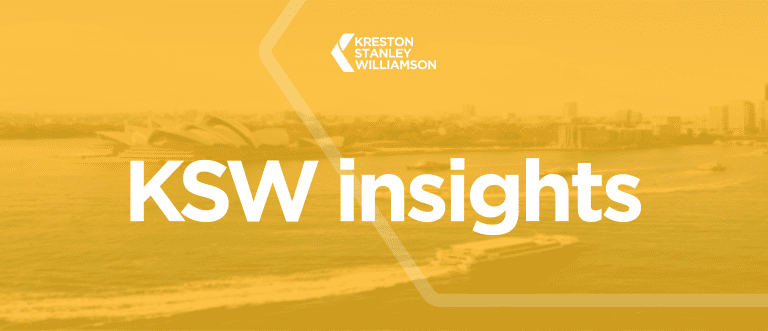With the upcoming Federal Election expected to take place in May and the recent delivery of the April budget, there is an increasing sense of uncertainty in the air. In light of this, it could be opportune for SMSF accountants to seize the certainty available and commence their year-end planning. It is advisable to consider the following steps:
Maximising the concessional contribution cap
The concessional contribution cap is $25,000 for all ages* and includes the 9.5% superannuation guarantee, salary sacrificed contributions and personal concessional contributions.
One can “top-up” their concessional contributions by making extra salary sacrificed contributions and personal concessional contributions.
The criteria for claiming personal concessional contributions was widened by removing the “10% rule”, whereby this rule previously limited the deductions to self-employed individuals with no more than 10% of their income coming from salaried employment.
As such, individuals can now claim a personal tax deduction if they are:
- less than 65 years of age; or
- if aged 65 but under age 75, they need to satisfy the work test*
*The work test is where an individual must be gainfully employed for at least 40 hours during 30 consecutive days during the financial year and before the contributions are made.
For the deduction to be permitted, individuals must formally notify their SMSF of this wish and submit a signed notification of intent to claim the deduction prior to their personal income tax return lodgement for the year and no later than the end of the following financial year.
Making additional non-concessional contributions
From 1 July 2018, the making of non-concessional contributions (“NCCs”) is not as straightforward as before. Now, an SMSF member must consider their total super balance (“TSB”) across all their superannuation accounts and ensure it is within their TSB limits of up to $1.6m before making an NCC.
Though the general annual NCC cap is $100,000, there may be an opportunity for members under age 65 to bring forward their caps if their TSB is:
- less than $1.4m: access to a $300,000 cap (over 3 years)
- greater than or equal to $1.4m and less than $1.5m: access to a $200,000 cap (over 2 years)
- greater than or equal to $1.5m and less than $1.6m: access to a $100,000 cap (no bring forward period, and the general NCC cap applies)
- greater than or equal to $1.6m: no NCCs permitted.
An individual’s TSB is determined on 30 June of the previous financial year.
Bring forward non-concessional contribution provisions for those turning 65
Particular care must be taken should an individual wish to trigger their bring forward provision in the year they turn 65. This is best illustrated by this example:
Jeff turns 65 on 1 May 2019 and has not triggered any bring forward provisions in prior years, and his total super balance on 30 June 2018 was $1.2m. He’s been lucky and won $250,000 in Powerball in February 2019 after playing the same numbers for the last 10 years. Therefore, Jeff could:
- Trigger his bring forward and contribute the total of $250,000 before he turns 65 (i.e. on or before 30 April 2019) without having to meet a work test; or
- He could space out the contribution over a 3-year period, but then he would need to meet the work test to contribute post his 65th birthday.
Downsizer Contributions
From 1 July 2018, a one-off non-concessional contribution of up to $300,000 from the sale of their home for individuals (or up to $600,000 for a couple) aged 65 and over will be available under this scheme. These contributions do not count towards the non-concessional contribution caps, nor are they affected by the total superannuation balance test.
Banking Royal Commission
Now that the dust began settling on the Banking Royal Commission announcements last month, the self-managed superannuation fund (“SMSF”) industry can rest easy.
Though the investigations weren’t aimed at SMSFs specifically, the superannuation industry has been targeted at financial advisers’ financial advice level and professionalism. This review reiterates that it’s vital that all SMSF trustees understand the roles and responsibilities that come with having their own fund and seek the assistance of qualified professional financial advisers should they be unsure.
The above information has been provided as information only to show the limits which can be contributed to superannuation in various ways. To decide whether you should contribute to superannuation, request specific advice from a suitably licenced person under a Statement of Advice. If you do not have a financial planner for this, we can help you.
Kreston Stanley Williamson Team
*Correct as of April 2019
Disclaimer – Kreston Stanley Williamson has produced this article to serve its clients and associates. The information contained in the article is of general comment only and is not intended to be advice on any particular matter. Before acting on any areas in this article, you must seek advice about your circumstances. Liability is limited by a scheme approved under professional standards legislation.














